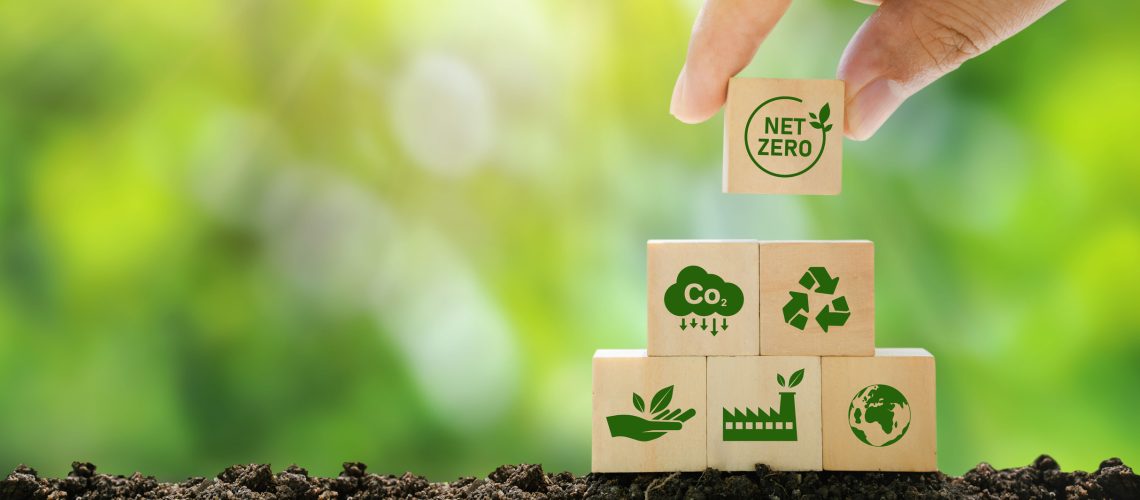What are carbon markets?
Regulatory initiatives have developed carbon trading prospects to combat carbon emissions, providing specific industries with an “allowance” for each tonne of carbon dioxide they emit annually, known as carbon credits. This initial allocation of carbon credits can be free of charge, and businesses are presented with more opportunities to buy or sell carbon credits. Companies with reduced carbon emissions can sell their excess carbon credits to participants who have increased emissions— forming the carbon market.
A feature on global issues by Maryville University notes that emissions of greenhouse gases must be halved by 2030 to avoid a climate catastrophe. However, global economies representing 90% of all such emissions have yet to commit to cutting carbon outputs at sufficient rates to meet this goal. Through the formation of the carbon market, businesses and organizations may be more incentivized to cut down on carbon emissions through the use of carbon offsets. These voluntary schemes come from groups that already have active carbon reduction plans, aiding buyers to work toward carbon neutrality by reducing emissions elsewhere.
Carbon markets, blockchain, and the global economy
As more governments, businesses, and organizations join the carbon market, individuals and smaller organizations can find it difficult to purchase emission-reducing carbon credits. Furthermore, the voluntary carbon market often lacks transparency and quality control, so there is a greater need for more accountability to open up new markets. As shared in a review on blockchain solutions by One Earth, blockchain technology has become a means to improve the integrity and accessibility of carbon markets. Because it’s a publicly available record and a third-party intermediary is absent, it can avoid ambiguity over ownership and double counting emissions reductions while reducing administrative costs across the system.
These unique processes can streamline and accelerate the carbon market digitally, allowing organizations and individuals to meet their carbon footprint reduction goals much sooner. Furthermore, the global economy may become more efficient and effective in supporting climate action as funding is distributed more transparently.
The impact of blockchain-operated carbon markets on regenerative agriculture
Many are aware that agriculture, especially animal agriculture, greatly contributes to carbon emissions. However, the development of soil carbon capture systems and farming practices such as regenerative agriculture has significantly reduced agricultural emissions, even lowering existing carbon emission levels through soil carbon sequestration. Our post “How microBIOMETER® Changed the Farming Practice of a Syntropic Farmer” shares how regenerative agriculture is kept up sustainably: soil maintenance is regularly monitored through soil microbial count and the use of natural soil supplements, promoting soil development to capture carbon effectively. These methods prevent soil desertification and provide a great opportunity for farmers to turn climate-friendly agricultural practices into carbon credits.
Companies like NORI establish carbon markets in support of regenerative agricultural practices that perform as carbon removal solutions. A third-party validator measures land management practices and crop data to assess the impact of a farmer’s regenerative practices, providing credibility and transparency to how much carbon can be removed per contribution. Through the reliability of the blockchain system, the carbon market is sure to flourish, granting more people the freedom to make a positive environmental impact.
Written by Sophia Logan for microbiometer.com


